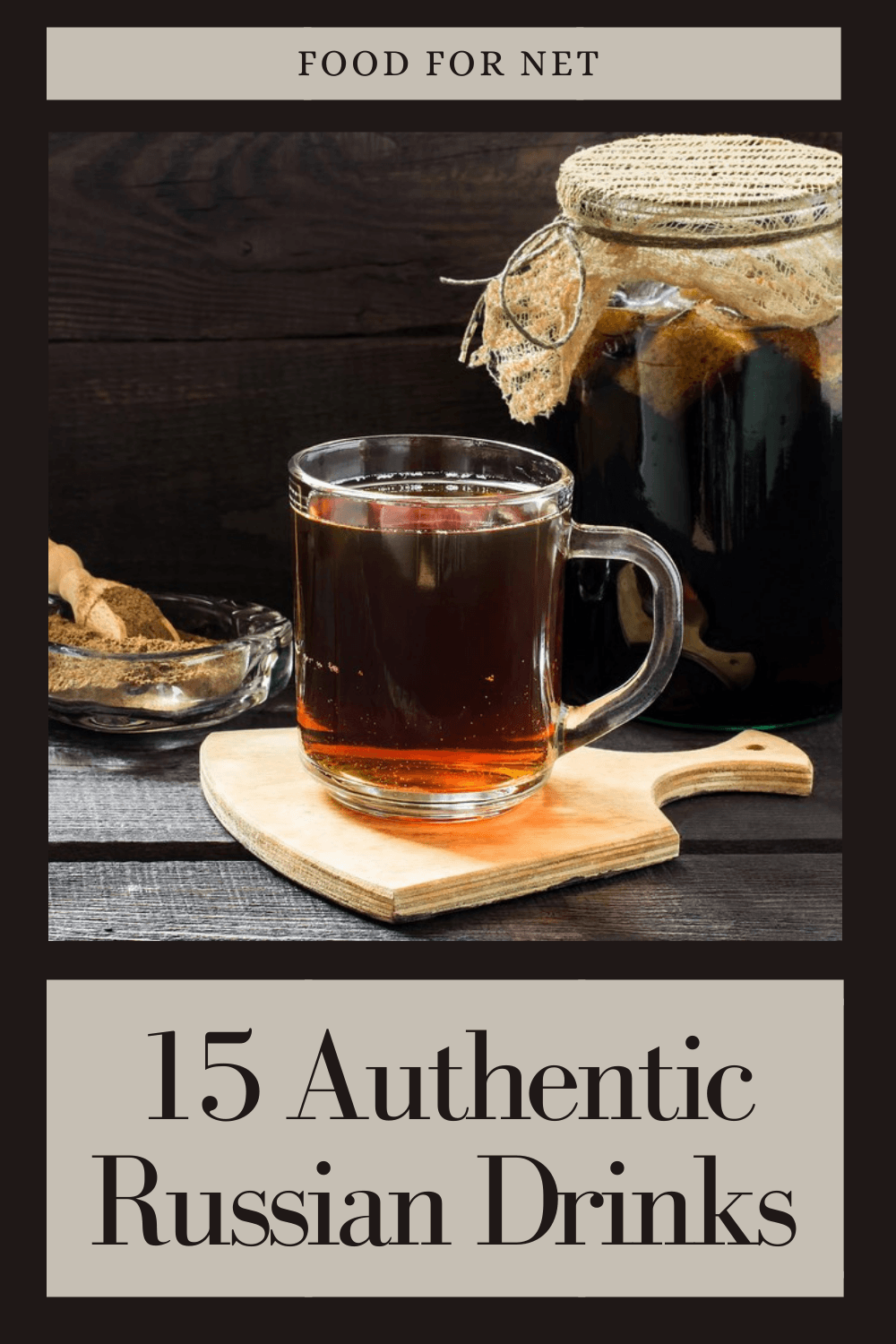
Have you ever wondered about drinks in other parts of the world? Sure, there are some similarities between one country and the next, but there are also countless differences. Most countries have at least a few fascinating beverages that aren’t well-known to people living elsewhere. Russian drinks are an excellent example of this pattern – and the focus of this post.
You see, which Russia might be most well-known for its vodka, there is also a large range of other popular drinks. Such as, ones with names like ryazhenka, kissel, and kvass. Some of these drinks are alcoholic, while plenty of others are non-alcoholic instead.
For this list, we’re rounding up a collection of Russian drinks – focusing on traditional and popular drinks that are still enjoyed in Russia today. Some of these can be found in other countries. Others you can easily make yourself, regardless of where you live, if you hunt down the ingredients.
If you want an even broader cultural experience, check out our other drink lists, including Korean drinks and Irish drinks. These lists showcase the strong differences between cultures.
One caveat before we get started – we’ve left the white Russian and black Russian cocktails off this list. Those two drinks might be popular, but they don’t come from Russia. They just get their name from the way they use vodka as an ingredient.
Russian Drinks
- Vodka
- Kvass
- Sbiten
- Milk Kefir
- Kompot
- Vzvar
- Kissel
- Mors
- Ryazhenka
- Tea
- Medovukha
- Prostokvasha
- Samogon
- Birch Juice
Vodka
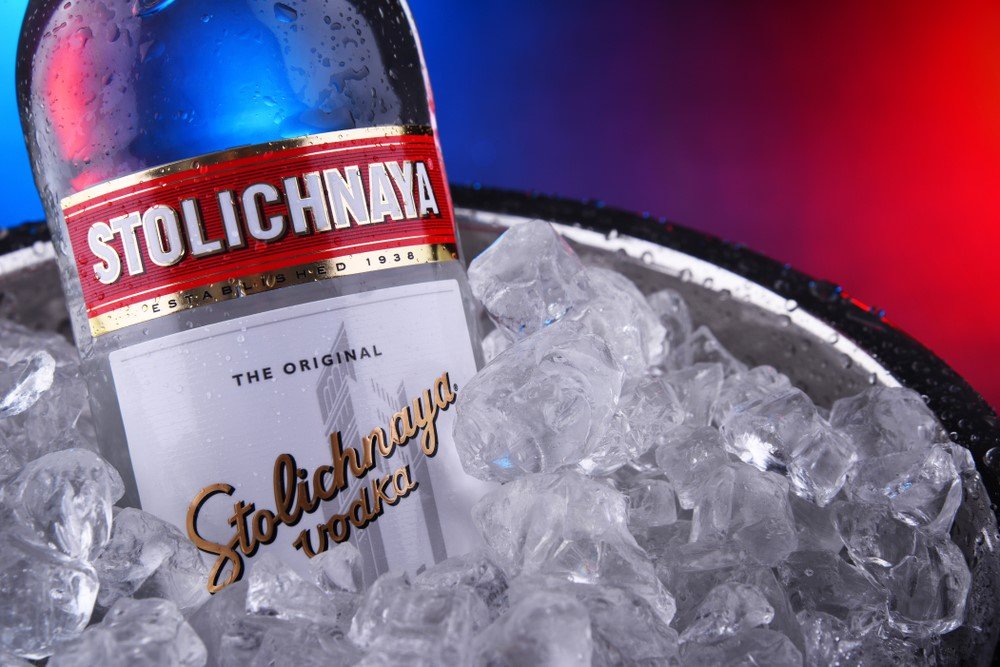
Vodka is one of the most famous Russian drinks. Or, at least, it’s the drink that’s most often associated with Russia. The name is thought to be a variation of the Russian word for water, but this idea and the origin of the spirit is under much debate.
The spirit is colorless and is mostly made of ethanol and water. There are sometimes trace impurities, especially in low-quality vodka. These can provide a slight flavor. To get true flavorless vodka, you need to focus on the high-quality versions instead.
There are also many examples of flavored and infused vodkas. These contain stronger flavors. They can be enjoyed straight or as part of a cocktail.
Vodka remains very popular in Russia. This is partly because it is inexpensive, making it highly profitable for taverns and similar businesses.
Still, vodka isn’t the only popular type of alcohol in Russia nor is it the only drink you should try there. Russia has much more going for it than a single famous spirit. Other types of alcohol are enjoyed as well, along with traditional non-alcoholic drinks.
Kvass

Kvass is one non-alcoholic example. It’s a type of fermented drink that is made by fermenting stale rye bread.
While that idea might not sound appealing, kvass can be delicious. The drink is even called Russian cola and the manufactured version does taste much like cola.
Homemade kvass, on the other hand, is generally more sour. This is partly because it contains less sugar and fewer additives. Not surprisingly, homemade kvass and kvass from artisan suppliers tend to be healthier than the mass-produced versions.
Because kvass is a fermented drink, it can contain some alcohol – often less than 2.5%. This is similar to kombucha. And, just like with kombucha, the alcohol content of kvass can vary based on how it is made and how long it sits for.
Sbiten
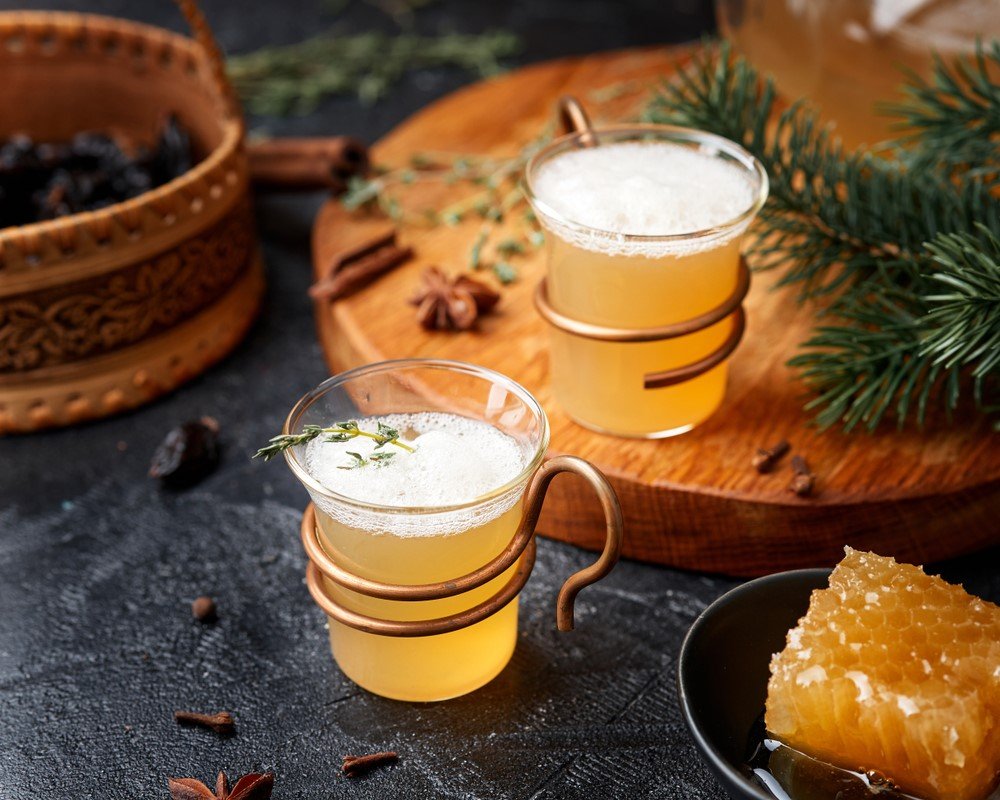
Sbiten is a traditional drink that you’ll find in Russia, Ukraine, and Belarus. It can be a little like mulled wine, where red wine is used as an ingredient, along with honey, spices, and jam. If this approach is taken, you end up with a dark red or purple drink that is often served hot and is sometimes called gluhwein.
There is also a non-alcoholic version that relies on water rather than red wine. Honey is the stand-out flavor in this version of the drink, making it an excellent choice on cold winter days and as a way to combat a cold.
Milk Kefir

Kefir is a popular fermented milk drink that is thought to help with your gut health. Milk kefir is a little like drinkable yogurt, except that it has a distinctive sharp flavor and is slightly effervescent. It can take a little time to get used to. Honestly though, kefir can be delicious.
While kefir is now consumed throughout the world, the drink comes from Russia, specifically the Northern Caucasus region. It was a carefully guarded secret for a long time, but, like most secrets, it did eventually get out. These days, kefir grains are easy to find, giving people the chance to make kefir themselves at home.
Kefir is still incredibly common in Russia, often featuring on grocery store shelves.
Regardless of where you’re buying kefir from, look for products with a relatively short shelf life (no more than 10 days or so). If the shelf life is longer than that, the kefir is likely to be highly processed or have additives to make it last longer. The versions with a short shelf life should be better sources of probiotics.
Kompot
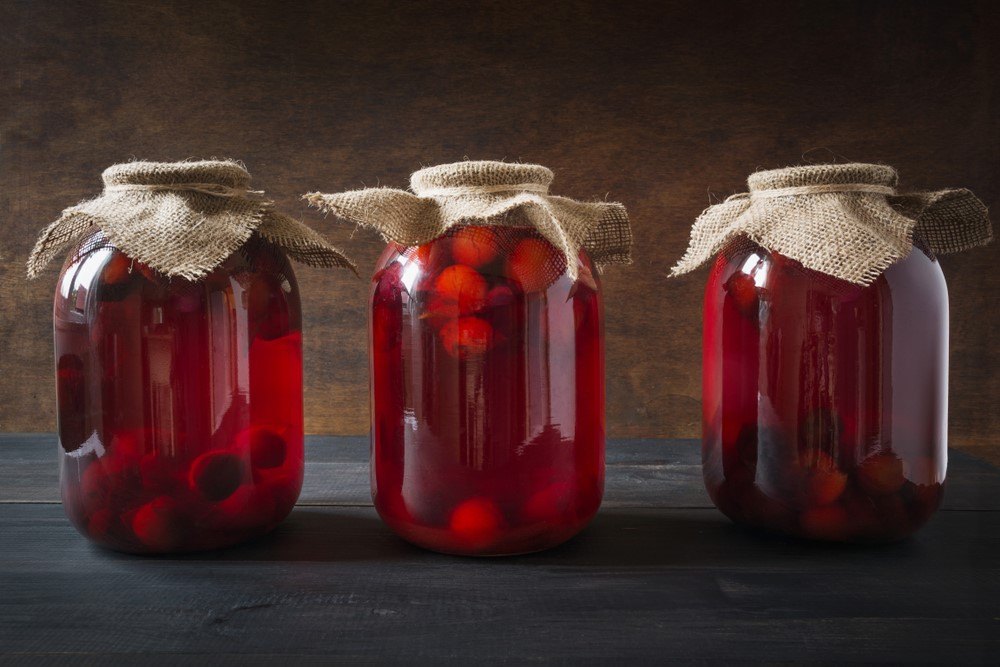
If you enjoy fruity drinks, kompot could be perfect. This is a sweet non-alcoholic fruit drink that can be served at any temperature.
Kompot is straightforward to prepare. You just need to cook a selection of fruit together in a large amount of water and some sugar. Traditional fruits include peaches, apples, and strawberries, although you can use any type of fruit that you like. Dried fruit might be added as well, along with spices.
As you can see, there is plenty of room for flexibility and variation. You can choose the combination of fruit and spices that appeals to you.
Vzvar

This drink looks very similar to kompot, which isn’t surprising, as the two drinks are made in roughly the same way. Both rely on boiling water, fruit, and some type of sweetener.
Vzvar is often thicker than kompot, as there is a tendency to crush the fruit. However, this difference is often slight.
The main difference between the two drinks is that vzvar includes aromatic herbs as an ingredient. Some versions add a little wine and create a warming cocktail.
Kissel
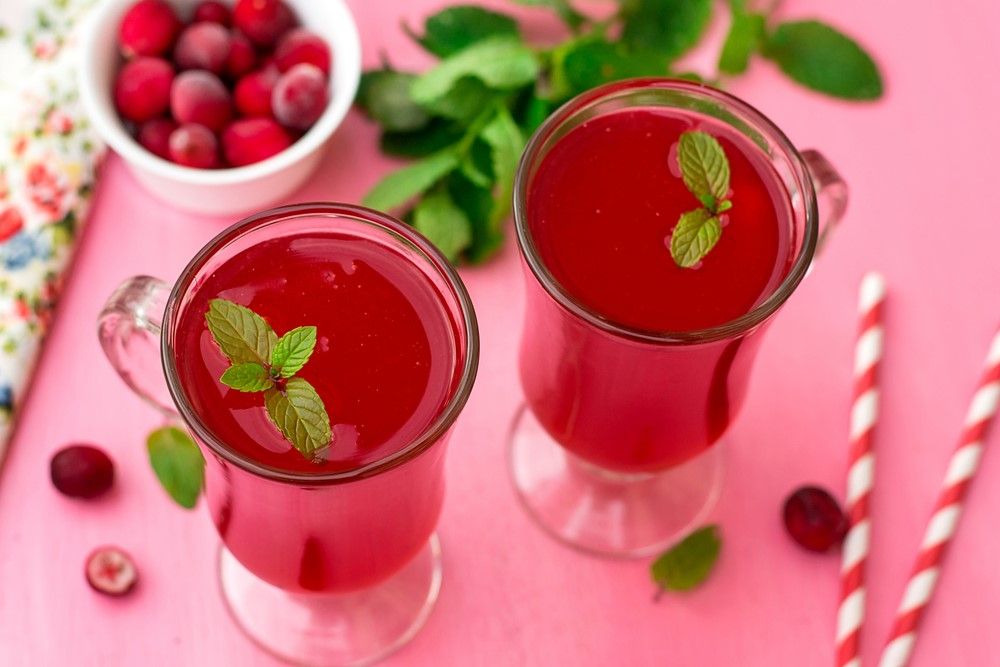
Kissel is unusual. It’s hard to even know whether to call it a drink, a dessert, or some type of soup. It is made using either fruit juice or mashed fruit, water, and a thickening agent.
The thickening agent gives kissel a different texture than regular fruit juice. The final texture is influenced by the amount of thickener that’s used. Sometimes the drink is like regular fruit juice, while other times it is thick enough that you could eat it using a spoon.
There are plenty of other variations too. For example, the drink can be served hot or cold. You might also add fruit or red wine, which changes the flavor significantly.
Many countries now offer instant mixes for making kissel rather than the traditional approach. While the instant versions don’t taste quite the same as the traditional ones, they are easier to make.
Mors
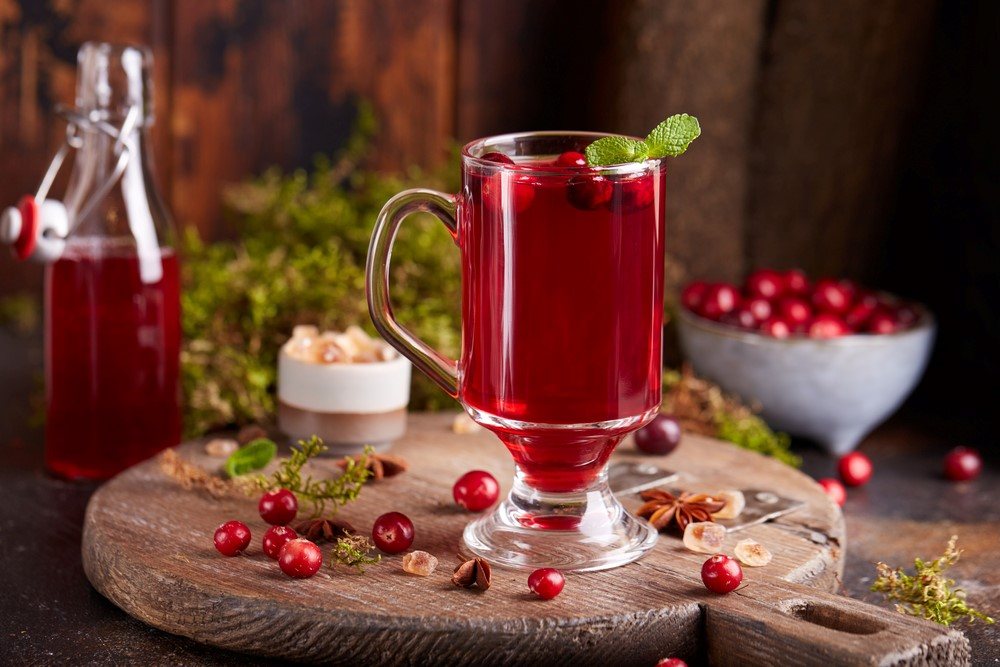
Mors is a little similar to kompot, as both drinks rely on fruit. But, while kompot uses various types of fruit, including apples and peaches, mors focuses on berries instead. We’re not just talking about raspberries, blueberries, and strawberries either. Other berries can be used in the drink too, like redcurrants, blackcurrants, and cranberries.
There are a few ways to make the drink.
One is to boil fresh berries in water, strain the drink and add sugar. You can also mash the berries up, then add hot water and sugar.
This is another drink that you can serve hot or cold – making it perfect at any time of the year.
Ryazhenka
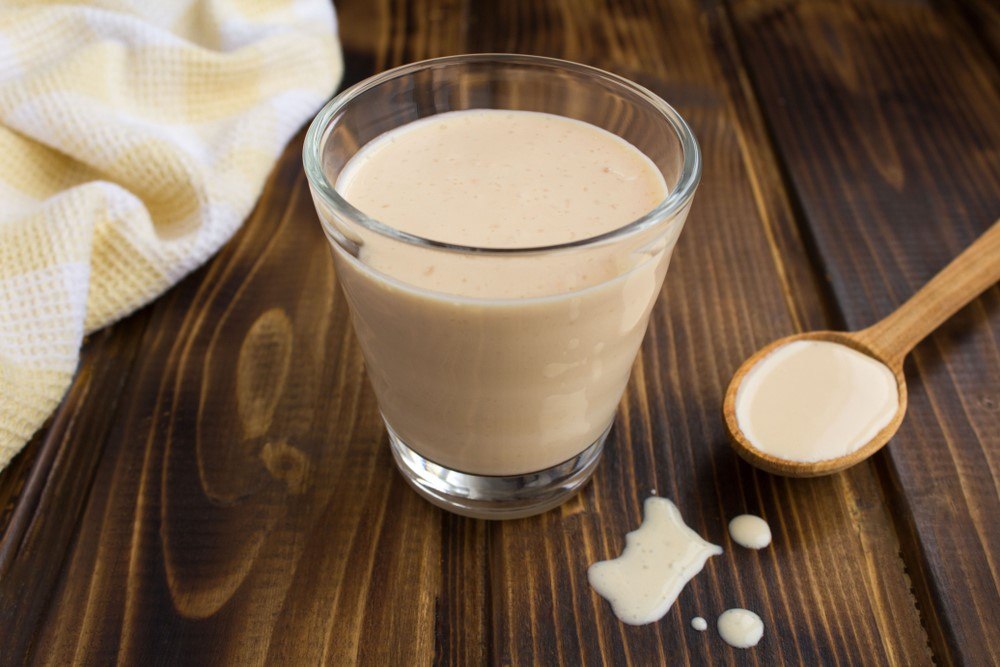
Where do we even begin with ryazhenka? Well, for one thing, the drink is a type of fermented milk. This makes it similar to kefir, but unlike kefir, ryazhenka starts with cow’s milk that is then soured using lactic acid.
We’re not talking about regular cow’s milk either. Ryazhenka relies on baked milk. This gives it a distinct texture and color that you don’t find with other fermented milk products.
In fact, the flavor is one reason to try ryazhenka for yourself. Baking the milk makes the drink taste a little like caramel. You also get a natural sweetness, so there’s no need to add any sweetener.
The health implications are much the same as kefir. So, you’re getting plenty of probiotics from the drink, along with all the nutrients that are normally found with dairy milk – including calcium.
Making a warm version of this would be similar to having a warm glass of milk before bed.
Tea
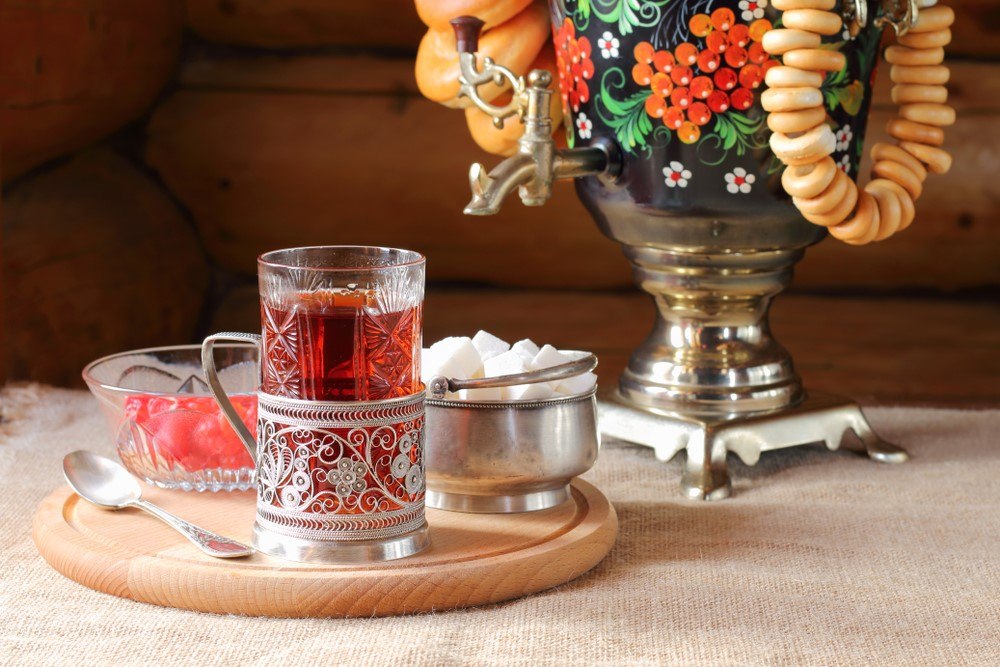
While you might associate tea with China, the drink has a strong role in Russian history as well. Some people go as far as to consider tea Russia’s natural drink. Tea can be served at any time of the day, including breakfast, lunch, dinner, and between meals.
The types of tea should all be familiar. We’re not just talking about traditional teas either, like green tea and black tea. Herbal teas commonly consumed as well.
Medovukha

Medovukha has a long history in Russia, even though it isn’t as popular these days. The alcoholic drink is similar to mead, as it relies on fermented honey. It isn’t particularly strong, with an ABV that’s often between 5% and 10%.
The main ingredients are water, sugar, honey, and yeast. Of course, there are countless ways to change the recipe up, such as using herbs or fruits to provide extra flavor.
Like mead, medovukha is less popular than contemporary alcoholic drinks, including beer, wine, and spirits. Still, there has been some modern revival in interest and you can absolutely find medovukha sellers in Russia.
Prostokvasha
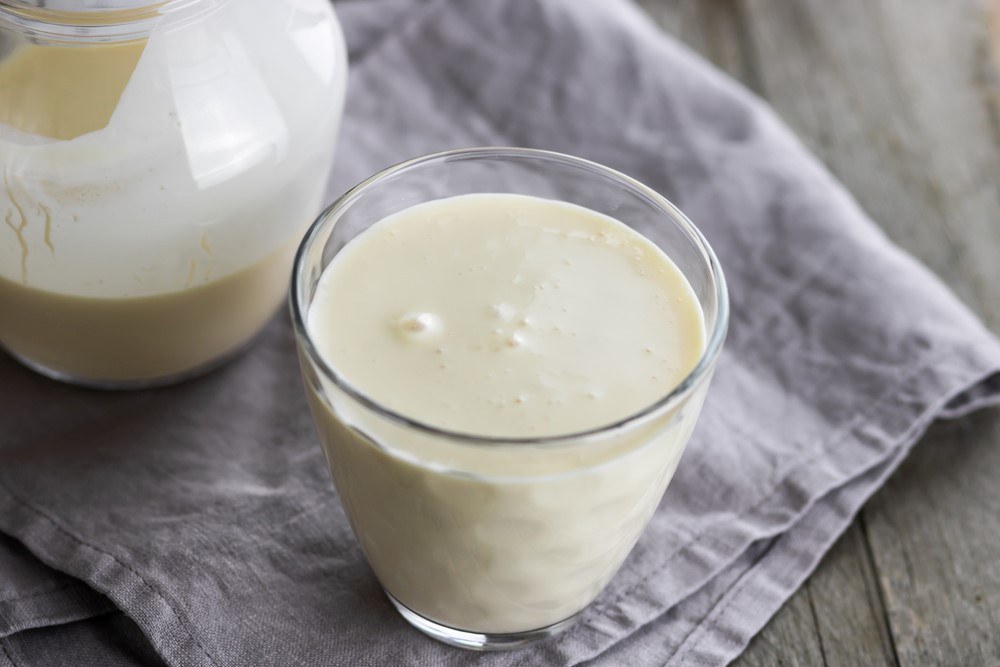
Prostokvasha is another sour milk drink, a little like kefir and ryazhenka. Prostokvasha tends to be a little thicker than kefir and doesn’t have the same distinctive sourness.
The drink is another probiotic choice, so it’s an excellent way to boost your gut bacteria. It’s also easy to digest. Plus, the lack of sourness makes it ideal as a beginner-friendly type of probiotic.
Samogon
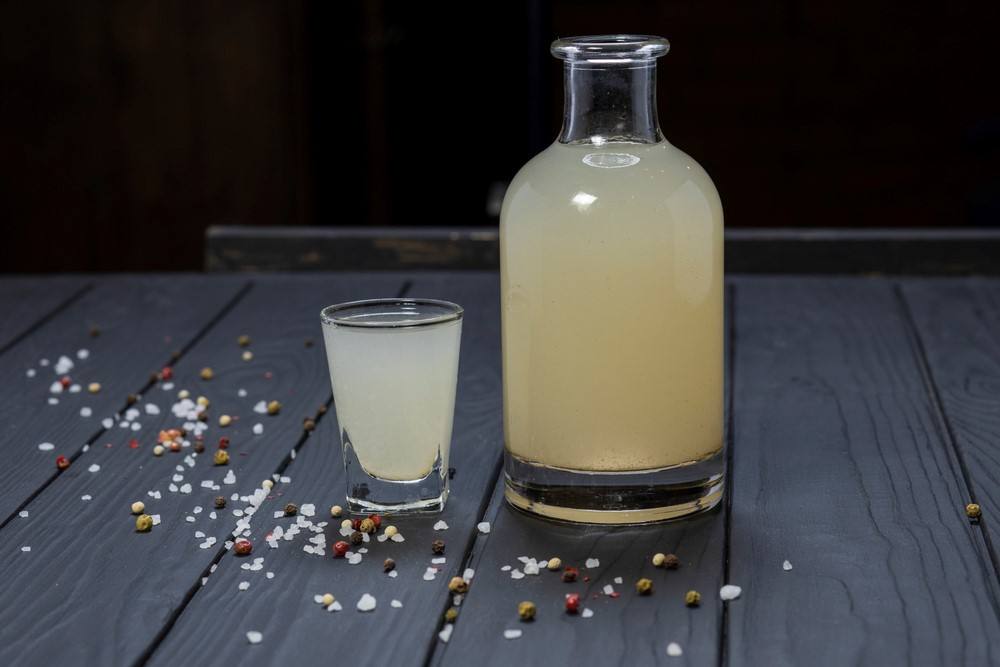
Samogon is the Russian equivalent of moonshine that can be made from almost anything, including ingredients like bread, potatoes, beets, or fruit. The finished spirit ends up cloudy with many impurities, especially if it is homemade.
Homemade samogon remains common in Russia even these days, partly because it is easy to make. Some manufacturers produce samogon too. The products vary in the ingredients and the flavors that are used.
As with many spirits, manufactured samogen sits at around 40% ABV, while homemade versions often contain more alcohol.
Birch Juice
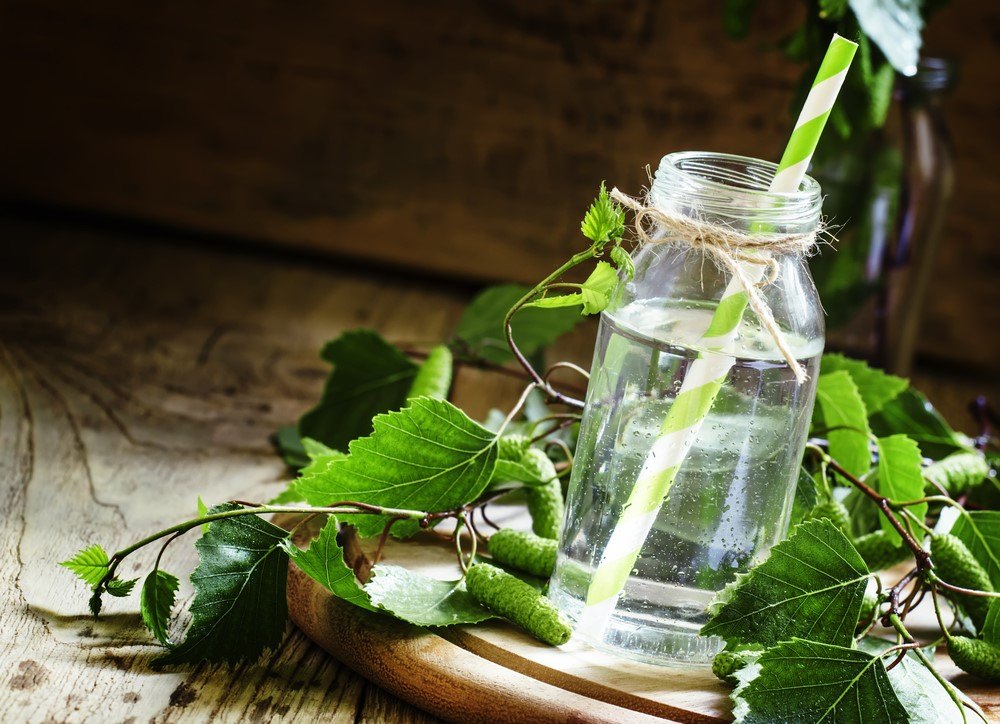
Birch juice goes by the name beryozovy sok and doesn’t need much explanation. It is literally just sap from the birch tree. The sap has a similar consistency to water, along with a slightly sweet flavor.
It’s an unusual drink, as birch was considered a sacred tree in Slavic tradition. This is no longer the case, although birch juice is still consumed regularly. You can even collect it yourself. The trick is to be careful so that you don’t damage the tree.
The availability of the juice has waxed and waned over time. It became difficult to find towards the end of the 1980s, following the Chernobyl disaster. Availability has increased since then, partly because the drink is seen as a symbol of Russia and partly because it has become popular among bodybuilders.








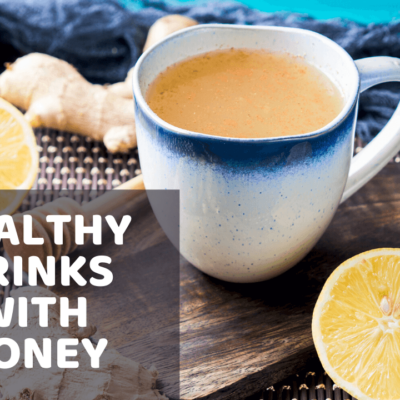






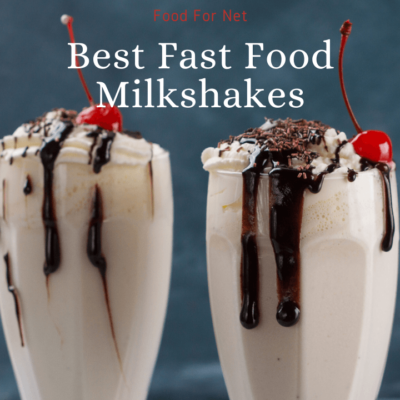

 21 Bread Alternatives To Keep You Healthy And Well Fed
21 Bread Alternatives To Keep You Healthy And Well Fed
Leave a Reply